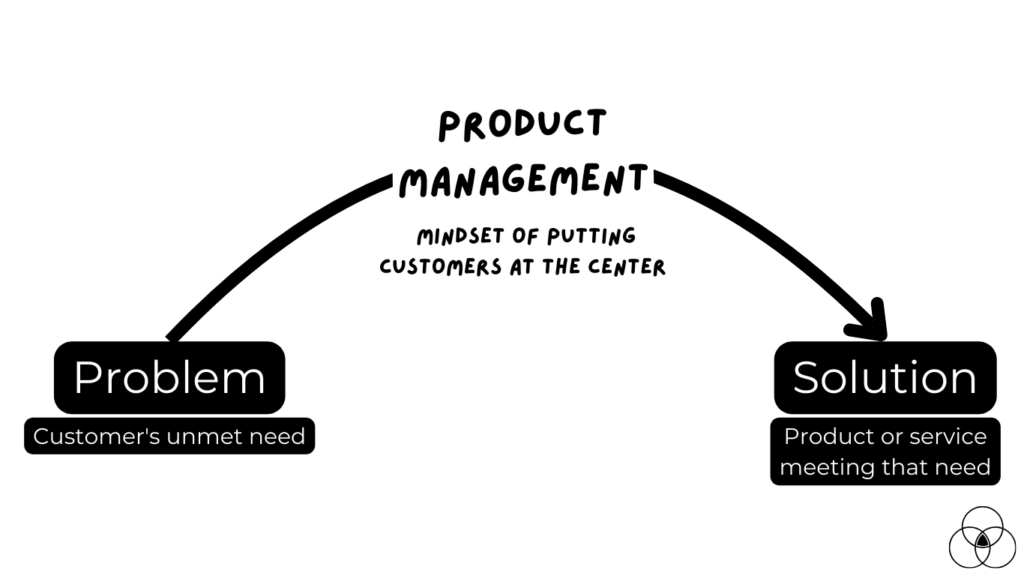Throughout human history, solving problems has been central to our survival and progress. From the earliest days, our ancestors faced challenges that required innovative solutions, whether it was learning to build fires or developing agriculture to address food scarcity.
Today, the problems we face have evolved, but the core principle remains the same: understanding and solving problems is crucial.

Historical Context
Historically, humanity has always sought to overcome challenges. Ancient civilizations developed agriculture to combat food shortages and mathematics to facilitate trade. In the modern world, technology has addressed issues related to communication, transportation, and healthcare. Despite the changing landscape, the essence of our problems—such as communication barriers, transportation inefficiencies, and healthcare needs—remains similar. Today, we grapple with new challenges like climate change, inequality, and pandemics, which demand innovative solutions and a deeper understanding of the issues at hand.
Mastering the Problem
Before jumping to solutions, it’s essential to thoroughly understand the problem. This foundational step is crucial because the quality and scope of any solution depend on how well the problem is defined. It’s tempting to dive straight into developing solutions, but taking the time to grasp the problem in depth can save resources and lead to more effective outcomes.
A key aspect of mastering the problem is setting boundaries. Identifying specific aspects of the problem to address helps focus efforts. For example, tackling climate change involves various dimensions such as human health, agriculture, and energy. Attempting to solve all these simultaneously can be overwhelming. Instead, focusing on one area at a time, as Julius Caesar suggested with “divide and conquer,” often yields better results.
A Case Study: Blockbuster vs. Netflix
Consider the story of Blockbuster and Netflix. In the late 1990s, Blockbuster dominated the video rental market with thousands of stores and substantial revenue. However, their model had a critical flaw: late fees. Customers like Reed Hastings, who once faced a hefty late fee for a rented VHS tape, were frustrated with this practice. Hastings recognized that the real problem was not just the inconvenience of late fees but the lack of a better solution.
In response, Hastings and his co-founder Marc Randolph created Netflix, a service that eliminated late fees and eventually evolved into a subscription-based streaming platform. By addressing the core issue of customer dissatisfaction with late fees, Netflix was able to offer a more appealing and innovative solution.
The Role of Product Management
Product management plays a vital role in navigating from problem identification to solution implementation. At its core, product management is a problem-solving discipline, focusing on understanding customer needs and identifying valuable problems to solve. This approach involves asking the right questions to gain insights, rather than jumping to answers or solutions prematurely.
Effective product management requires a deep understanding of the customer and their pain points. It’s about engaging with users to gather first-hand feedback and collaboratively shaping the problem. This process helps ensure that the solutions developed are relevant and impactful.
In practice, product management often involves an iterative process. Agile methodologies, for example, support this by allowing teams to adapt and refine their approach based on feedback and new insights. Agile is not just a set of practices but a mindset that places the customer at the center of product development.
The Agile Mindset
The term “Agile” often gets associated with various frameworks like SAFe or LeSS, but it’s important to recognize that Agile is fundamentally a mindset. This mindset emphasizes flexibility, customer-centricity, and continuous improvement. It’s about being responsive to changes and using feedback to enhance products and solutions iteratively.
Conclusion
Solving problems is inherent to human nature, and understanding the core problem is essential before jumping to solutions. By focusing on defining and scoping the problem accurately, we can develop more effective solutions. Product management, with its emphasis on understanding customer needs and iterative problem-solving, serves as a valuable tool in navigating this process. In essence, mastering the problem and applying an Agile mindset can lead to more impactful and successful solutions.

